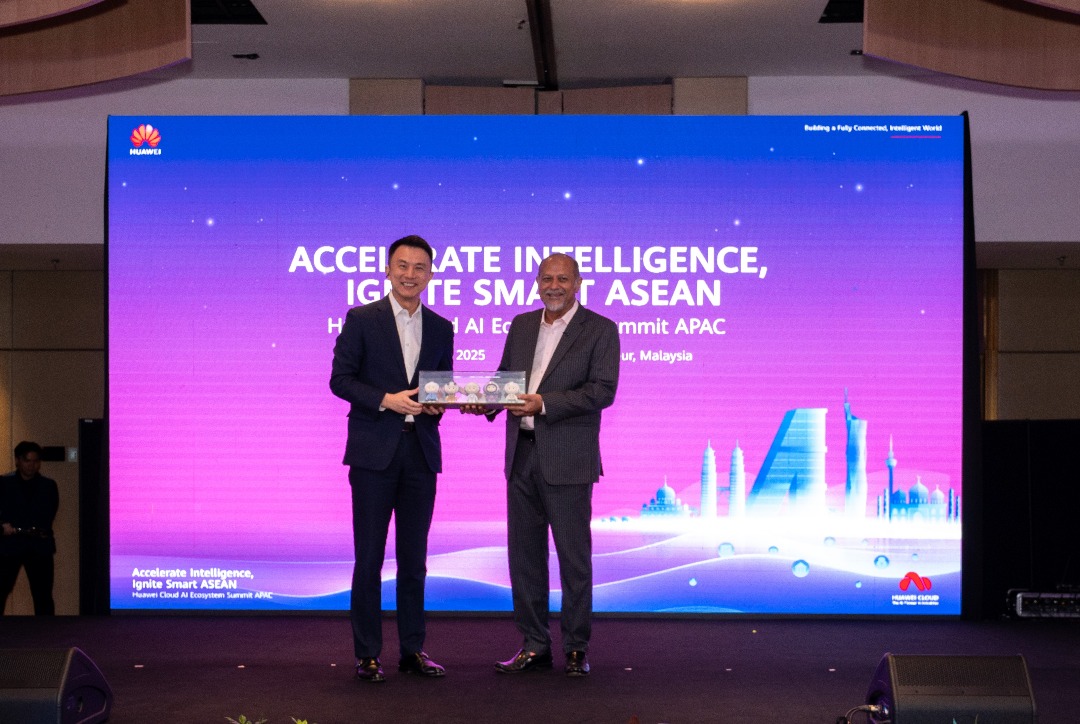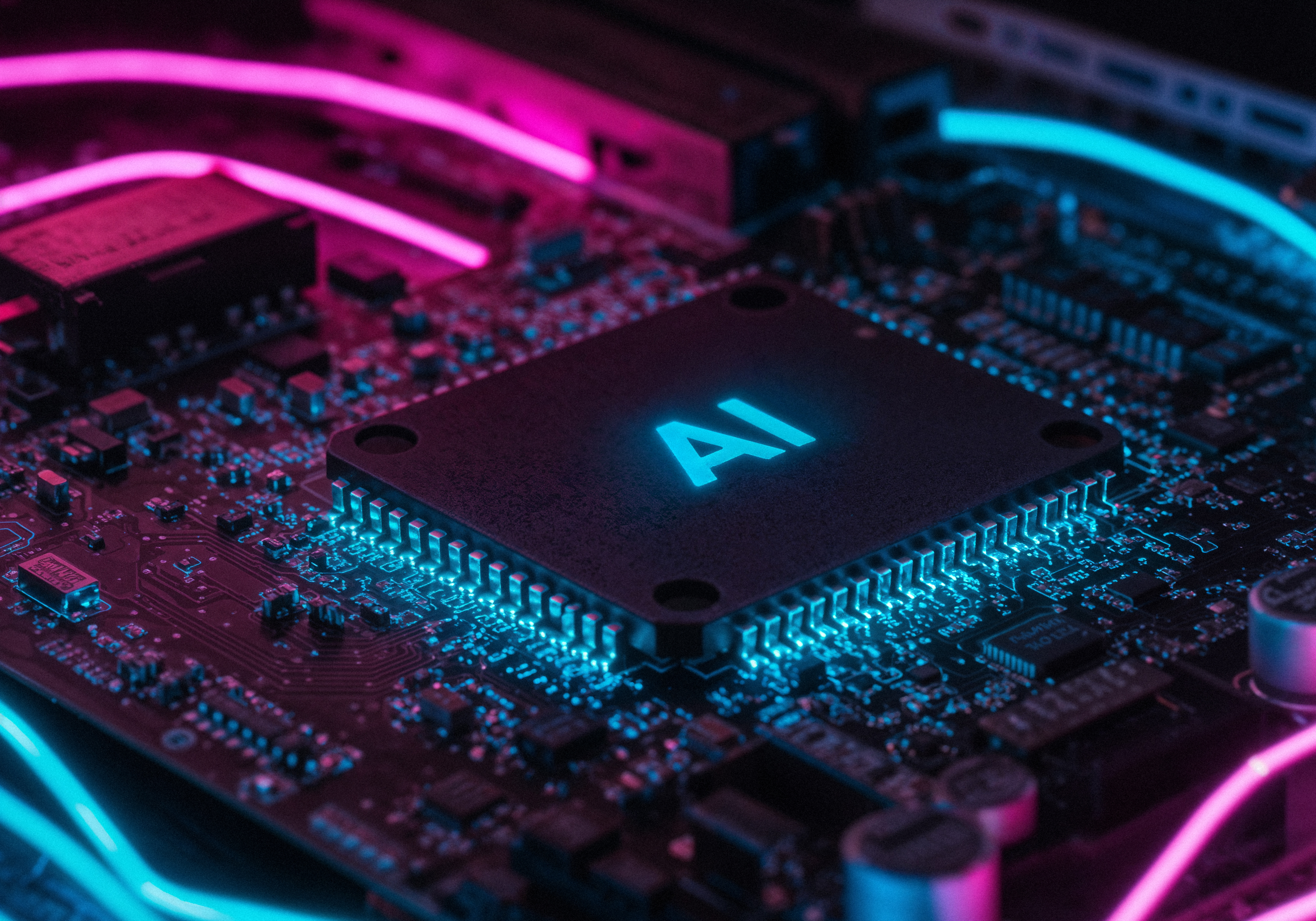Google has introduced a new feature in Docs that allows Workspace subscribers to turn written documents into audio using its Gemini AI assistant.
The tool produces natural-sounding voices, offers playback controls such as pausing and rewinding, and even highlights text as it is read. The rollout marks a step toward transforming Docs from a simple text editor into a multimedia platform that serves both accessibility and productivity needs.
Available under the Tools menu, the feature caters to auditory learners, professionals on the move, and users with visual impairments.
Gemini provides several AI voice options and synchronises narration with text, offering an audiobook-like experience that could change how people review drafts, collaborate remotely, or proofread reports.
The audio tool is limited to select Workspace plans, including Business, Enterprise, and Education, reflecting Google’s strategy of tying advanced AI functions to premium tiers.
Analysts believe the integration could encourage organisations to upgrade, especially as Google seeks to keep pace with rivals such as Microsoft, which has similar Copilot features in Office.
Looking ahead, experts suggest Gemini’s audio capabilities could expand to real-time translation and interactive playback.
By weaving audio into Docs, Google strengthens its position in the growing competition over AI-powered productivity while pushing for more inclusive and efficient workflows.
Would you like to learn more about AI, tech and digital diplomacy? If so, ask our Diplo chatbot!










